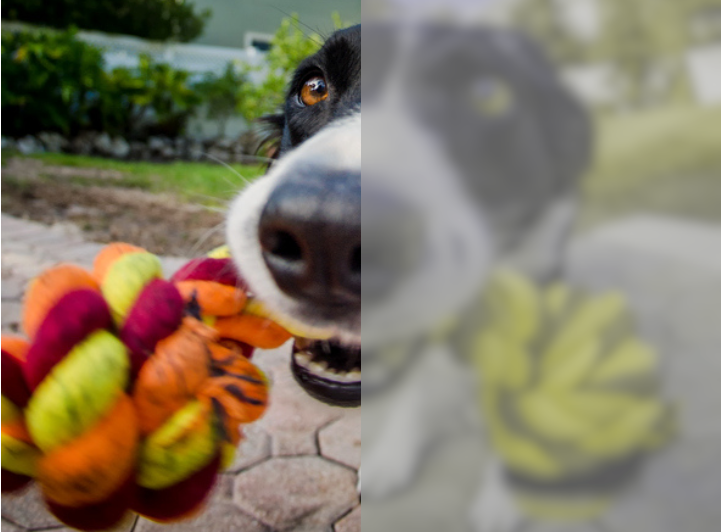
Do you ever wonder if your furry friend perceives the world the same way as you do? One of the most popular misconceptions about dogs is that they are completely color blind. While it's true that their vision is different from humans, it's not entirely accurate to say that they can't see colors at all. Let's explore the truth behind the myth of dog color blindness.
Understanding Dog Vision

To appreciate how dogs see the world, it's essential to understand their eye anatomy. Dogs have fewer cone cells in their retinas, which are responsible for color vision, compared to humans. They have more rod cells, which are sensitive to light and motion, making them more adept at seeing in low light conditions.
That's why dogs have better night vision than humans, but their ability to distinguish colors is limited. They see the world in shades of blue and yellow, which means they can't differentiate between red and green, the way we do.
Debunking the Myth
So, are dogs color blind? Not exactly. While they can't see the same range of colors as humans, they can still perceive some colors. Dogs can see shades of blue and yellow, but they can't see red, green, or purple.
Researchers have conducted studies to test dog's color vision, and they found that dogs can differentiate between blue and yellow, but not between red and green. The results suggest that dogs have dichromatic vision, meaning they see the world in two primary colors - blue and yellow.
How Dogs See the World

Since dogs perceive the world differently from humans, it's essential to understand how they see things to help them navigate their surroundings better. For example, dogs rely on their sense of smell more than their vision to identify objects and people around them.
Dogs also rely on their peripheral vision to detect motion, which is why they may appear startled if someone approaches them from the side. Additionally, dogs use their vision to detect subtle movements in their surroundings, which helps them hunt prey and avoid dangers.
Factors That Affect Dog Vision

Several factors can affect a dog's vision, including age, breed, and health conditions. For example, older dogs may experience changes in their vision, such as cloudiness or cataracts, which can affect their ability to see clearly.
Breeds such as Dalmatians, Doberman Pinschers, and Australian Shepherds are prone to color vision deficiencies, which means they may have trouble distinguishing between certain colors. Health conditions such as diabetes and high blood pressure can also affect a dog's vision.
Conclusion
In conclusion, while dogs can't see the same range of colors as humans, they are not entirely color blind. They can see shades of blue and yellow, but they can't see red, green, or purple. Understanding how dogs see the world can help us communicate better with our furry friends and ensure their safety and well-being.
Meta Description: Are dogs color blind? This article explores the myth and reality behind dog color vision and how they perceive the world. Learn more here.
Meta Keywords: dog color vision, dog vision, canine vision, dog eye anatomy, dichromatic vision, dog color blindness